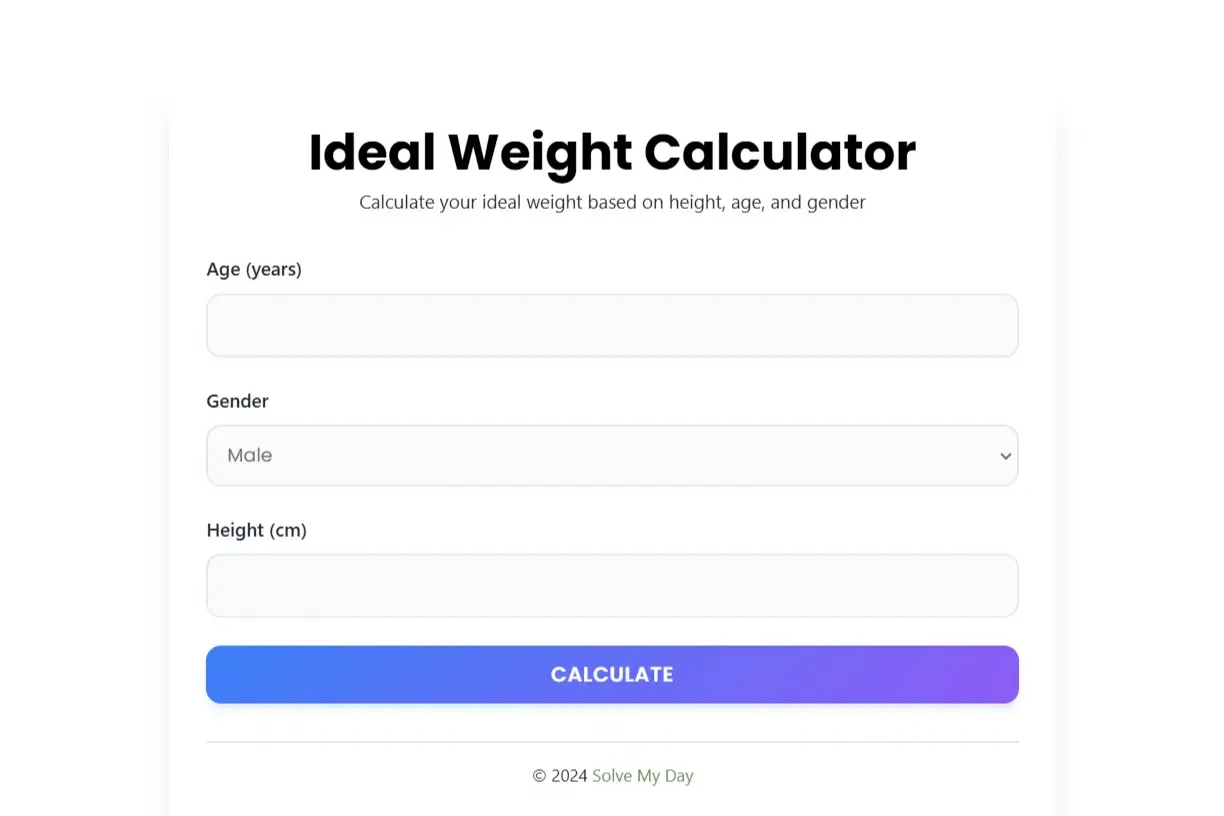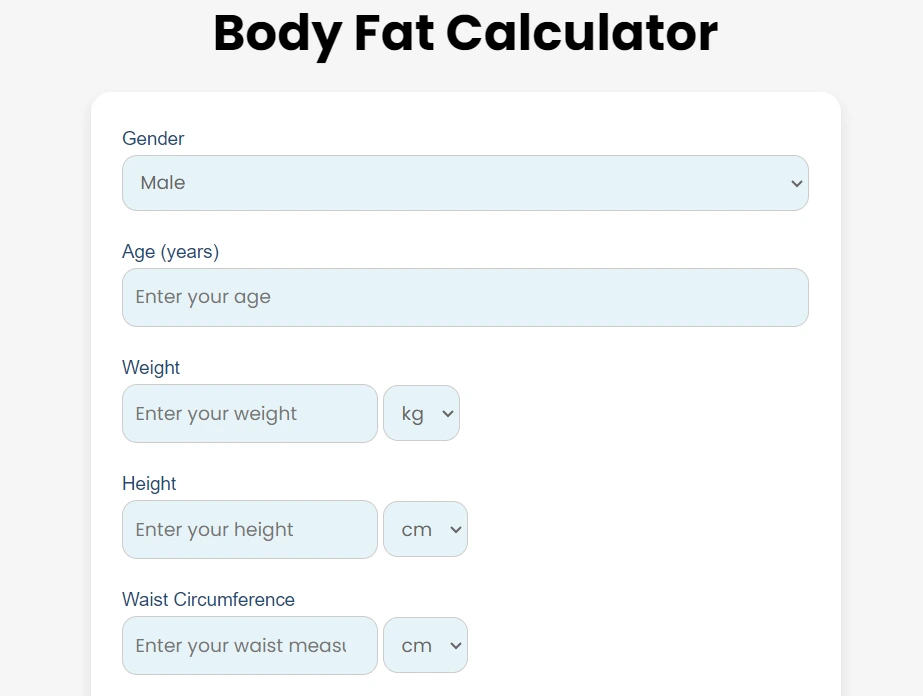Try our Waist to Hip Ratio Calculator for Women to quickly and accurately measure your WHR, with personalized result interpretations tailored to your health goals
Waist to Hip Ratio Calculator for Women
💪 Your path to wellness starts here
📏 Measurement Tips for WHR
- 🌟 Waist: Measure at narrowest part
- 🌟 Hip: Measure at widest part
- 🌟 Stand straight, measure after exhaling
- 🌟 Keep tape snug but not tight
Measure at natural waistline
Measure at fullest part
Your WHR Ratio
Health Range Indicator
<0.80
0.80-0.85
>0.85
💡 What Your Results Mean
| Range | Category | What It Means |
|---|---|---|
| <0.80 | Ideal | Great balance! Lower health risks |
| 0.80-0.85 | Watch | Time for some lifestyle tweaks |
| >0.85 | Action | Consider consulting a healthcare provider |
✨ Wellness Tips
FAQs about Waist to Hip Ratio Calculator for Women
1. What is the waist to hip ratio? (History and Developments)
Why does it matter? Because not all fat is created equal. Fat around your waist (visceral fat) is riskier than fat around your hips (subcutaneous fat). WHR became a global health tool after the World Health Organization (WHO) adopted it to identify risks like heart disease and diabetes.
2. What is the meaning of waist to hip ratio for women?
Pear-shaped women (lower WHR) carry more fat in their hips and thighs. This fat is less harmful.
Apple-shaped women (higher WHR) carry more fat around their waist. This fat wraps around internal organs, raising risks for diseases like:
1. Heart attack
2. Stroke
3. Type 2 diabetes.
In short: a smaller WHR = lower risk. A higher WHR = take action.
3. What is the ideal waist to hip ratio for women?
Here’s the breakdown:
1. 0.80 or less: Low risk.
2. 0.81–0.85: Moderate risk.
3. Above 0.85: High risk.
For example, if your waist is 30 inches and hips are 40 inches, your WHR is 0.75. That’s a safe zone
4. Why should women measure their waist-to-hip ratio?
You could have a “healthy” BMI but still carry dangerous visceral fat. WHR cuts through the confusion. It pinpoints risks for:
1. Heart disease
2. High cholesterol
3. Insulin resistance
Best part? It’s easy to measure and beats relying on weight alone
5. What’s the benefit of a waist to hip ratio calculator for women?
1. Identifies risks: Spot problems even if your BMI seems normal.
2. Tracks progress: Monitor improvements as you lose fat from your waist.
3. Empowers action: Know when to double down on diet or exercise.
Think of it as a guide, showing whether your waistline needs attention.
6. How often should women measure their waist to hip ratio?
1. Every 1–2 months if you’re working on health goals.
2. Anytime you notice changes in body shape.
3. During annual checkups to stay proactive.
Your health is dynamic, and WHR keeps you informed in real-time
7. What is the difference between the waist-to-hip ratio for women and men?
Here’s the deal:
1. Women: A WHR of 0.85 or less is considered healthy. Anything higher increases the risk of heart disease, stroke, and diabetes.
2. Men: A WHR of 0.9 or less is the target. Ratios above this signal higher risk for the same diseases.
Why the difference? Hormones like estrogen influence where women store fat, which gives them a lower WHR. Men, on the other hand, have more visceral fat (belly fat), which drives up health risks.
Bottom line? The thresholds differ, but the concept is the same—WHR is a quick, reliable way to assess your health.
8. What is the difference between waist-to-hip ratio calculators for men and women?
Most calculators adjust for gender-specific thresholds:
1. Men: Risk rises above a WHR of 0.9.
2. Women: Risk increases above a WHR of 0.85.
Some calculators even factor in ethnicity and age. Why? Studies show that WHR risk levels vary across populations. For example, Asian individuals may have higher risks at lower WHRs.
If you’re looking for a tool, make sure it’s tailored to your gender. A good waist-to-hip ratio calculator for men will give accurate health insights for male thresholds, while one for women adjusts accordingly.
Final Word about Waist to Hip Ratio Calculator for Women
Your waist to hip ratio (WHR) is more than just a number—it’s a health signal. Why? Because where you store fat matters.
Visceral fat (around your waist) is dangerous, wrapping your organs and increasing the risk of heart disease, diabetes, and stroke. Subcutaneous fat (around your hips) is less harmful. WHR cuts through the clutter of BMI, giving you a clearer picture of your health.
Here’s the key: A WHR of 0.85 or lowermeans lower risk. Above that? Time to act.
The best part? WHR is simple. Measure your waist. Measure your hips. Divide. Done.
Track it regularly. If the number climbs, it’s a red flag to reassess your lifestyle—nutrition, exercise, and sleep.
Why wait? Measure today. Your health isn’t static, and neither is your future.
Remember: A healthier WHR isn’t just about looking good. It’s about living longer, stronger, and better.




